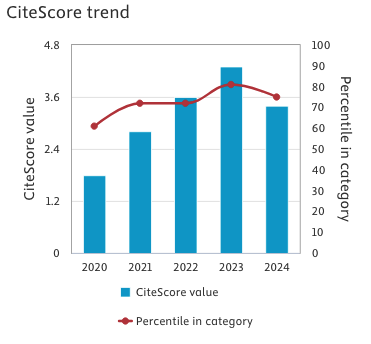The “cruel abandonment” in medicine. The struggle against doctors’ inaction in cases of sudden death in the 18th century
Keywords:
sudden death, Apparent death, Public health reformAbstract
In 1755, the medical field in Milan was characterized by a worrying reluctance of surgeons to intervene in cases of sudden death. This hesitancy, based on an alleged certainty of death founded on unreliable signs, caused considerable concern among local authorities and medical professionals. In an unpublished document, Doctor Guglielmo Parini, eminent member of the Illustrious Tribunal of Holiness of Milan, an institution responsible for supervising the health of citizens, expressed his dismay at the “cruel abandonment” of individuals considered dead without a thorough examination. His observations were based on numerous cases of presumed corpses, in which many individuals believed dead were actually alive, with their lives sacrificed due to misdiagnosis. Parini cites some of these cases of apparent death, taken from the dissertation of the famous anatomist Winslow, published eleven years earlier, in which the uncertainty of the signs of death was discussed.
Through the analysis of a text dated to 1775, we try to bring to light an aspect that characterized 18th century forensic medicine.
References
1. Archivio di Stato di Milano. Sanità Parte Antica, busta 276, Morti subitanee. Ordine agli anziani per le diligenze da praticarsi in caso di morti improvvise.
2. Milanesi C. Mort apparente, mort imparfaite. Médecine et mentalités au 18° siècle. Paris: Payot; 1990.
3. Benigne-Winslow J. Quaestio medico-chirurgica: an mortis incertae signa minus incerta a chirurgicis, quam ab aliis experimentis. Paris: Quillau; 1740.
4. Zacchia P. Quaestiones medico-legales. Tomo I. Lyon: Jean Anisson & Jean Posuel; 1701.
5. Fusco R. Putridaria (strainer rooms) and draining practices of the bodies. In: Herring E, O’Donoghue E, editors. The archaeology of death. Proceedings of the Seventh Conference of Italian Archaeology held at the National University of Ireland, Galway, April 16–18, 2016. Oxford: Archaeopress; 2018. p. 532–9.
6. Bruhier J. The uncertainty of the signs of death, and the danger of precipitate interments and dissections, demonstrated with proper directions for preventing such accidents. London: M. Cooper; 1746.
Downloads
Published
Issue
Section
License
Copyright (c) 2025 Roberta Fusco, Silvia Iorio, Rosagemma Ciliberti, Mario Picozzi

This work is licensed under a Creative Commons Attribution-NonCommercial 4.0 International License.
This is an Open Access article distributed under the terms of the Creative Commons Attribution License (https://creativecommons.org/licenses/by-nc/4.0) which permits unrestricted use, distribution, and reproduction in any medium, provided the original work is properly cited.
Transfer of Copyright and Permission to Reproduce Parts of Published Papers.
Authors retain the copyright for their published work. No formal permission will be required to reproduce parts (tables or illustrations) of published papers, provided the source is quoted appropriately and reproduction has no commercial intent. Reproductions with commercial intent will require written permission and payment of royalties.






